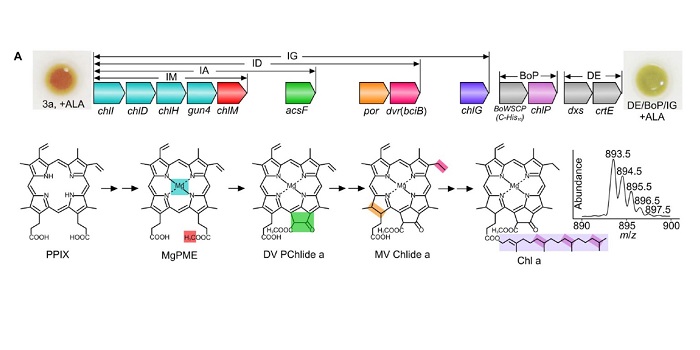
Complete enzyme set for chlorophyll biosynthesis in Escherichia coli (Sci. Adv.)
Plant Science Research WeeklyAlthough the reactions and enzymes involved in the biosynthesis of chlorophyll are well known, the entire pathway has never before been reconstituted in a non-photosynthetic organism. Chen et al. have done this. The cells (E. coli) expressing the full pathway accumulate chlorophyll and look green! However,…
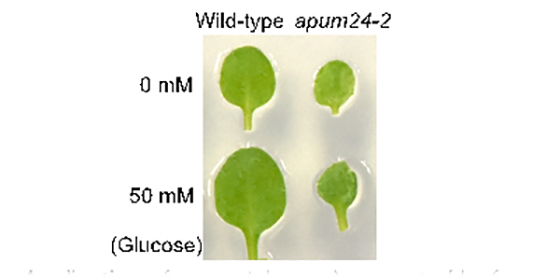
Ribosome Production Under Surveillance
Research, The Plant Cell, The Plant Cell: In a NutshellMaekawa et al. find a ribosome production monitoring system in Arabidopsis thaliana Plant Cell (2017) https://doi.org/10.1105/tpc.17.00778
By Shugo Maekawa, Tetsuya Ishida, Shuichi Yanagisawa
Background: Protein is produced by ribosomes consisting of a number of proteins and several RNAs (ribosomal…
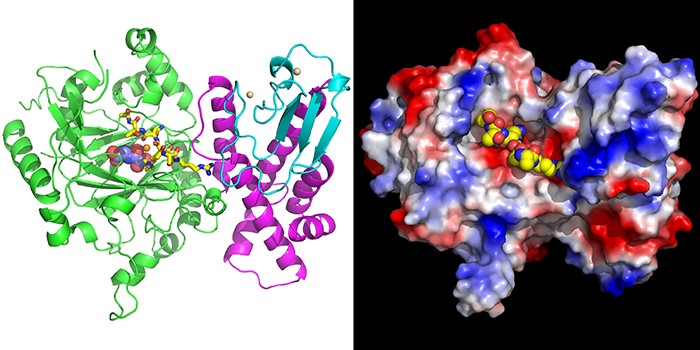
Structure of KDM5 Gives Insight to Histone Demethylation
Research, The Plant Cell, The Plant Cell: In a NutshellYang et al. reveal a conserved H3K4me3 recognition mechanism shared by both plant and animal KDM5 histone demethylases. The Plant Cell (2017). https://doi.org/10.1105/tpc.17.00666
By Z. Yang, Q. Qiu, X. Cao and J. Du
Background: Histone methylation is a conserved gene regulation mechanism in plants…
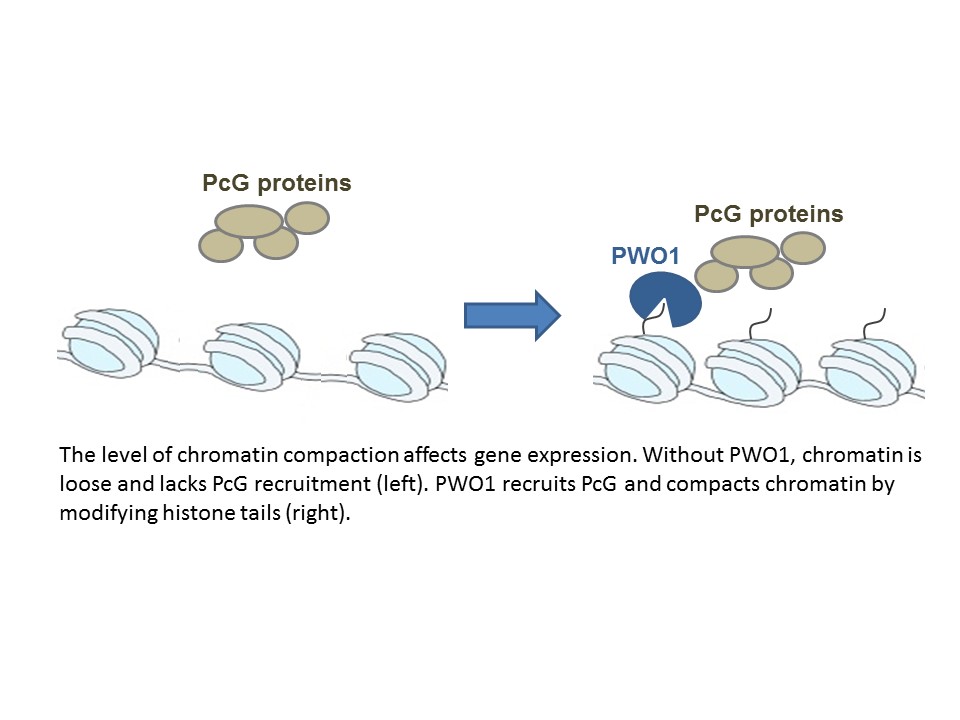
Recruiter of Chromatin Regulators
Research, The Plant Cell, The Plant Cell: In a NutshellHohenstatt et al. describe a new recruiter of PcG chromatin regulators affecting flowering and meristem identity in Arabidopsis. https://doi.org/10.1105/tpc.17.00117
By Pawel Mikulski
1) BACKGROUND: Polycomb group (PcG) proteins are key regulatory proteins involved in maintaining the ability (and…
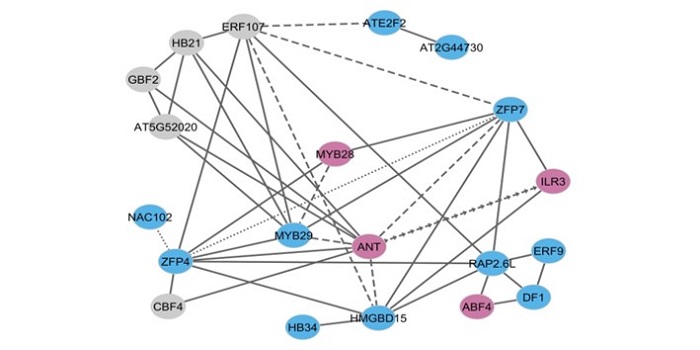
Symphony of the regulators: How do plants control complex responses to environmental signals?
Blog, The Plant Cell, The Plant Cell: In BriefThere are several models we use to conceptualize how plants respond to environmental signals through transcriptional regulation. In perhaps the best-understood model, the perception of some environmental signal flows through one or several mechanisms to a master regulator, often a transcription factor…
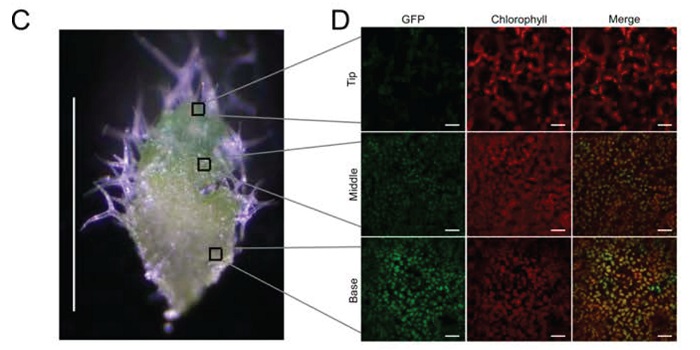
Control of retrograde signaling by rapid turnover of GENOMES UNCOUPLED 1 (Plant Physiol.)
Plant Science Research Weekly, Research, Research BlogCommunication between chloroplast and the nucleus is crucial to accomodate changes in the environment as well as regulate development of the chloroplast itself. Five GENOMES UNCOUPLED (GUN2 to -6) genes were previously described to regulate plastid-to-nucleus communication by affecting the synthesis…
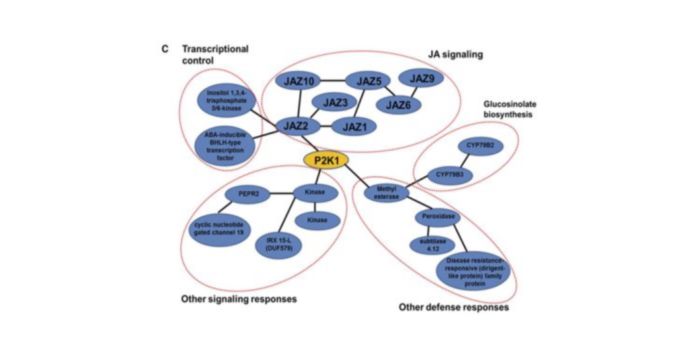
Extracellular ATP acts on jasmonate signaling to reinforce plant defense
Blog, Plant Science Research Weekly, Research, Research BlogPlant Physiol. Extracellular ATP induces plant defense responses but the mechanisms involved are largely unknown. The paper by Tripathi et al. shows how extracellular ATP serves as a danger signal in plant defense and its interaction with the signalling pathways of other stress hormones, e.g. jasmonate…
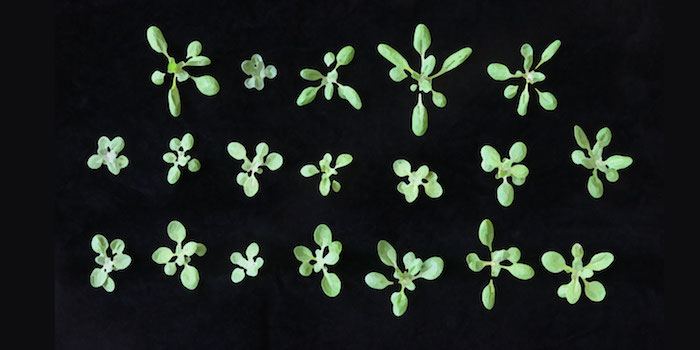
Multiple Mediator Subunits Impact Metabolism
Research, The Plant Cell, The Plant Cell: In a NutshellDolan et al. examine how a complex that regulates gene expression alters the production of phenylpropanoids https://doi.org/10.1105/tpc.17.00282
By Whitney Dolan and Clint Chapple
Background: Plants produce a vast array of compounds known as phenylpropanoids from the amino acid phenylalanine.…
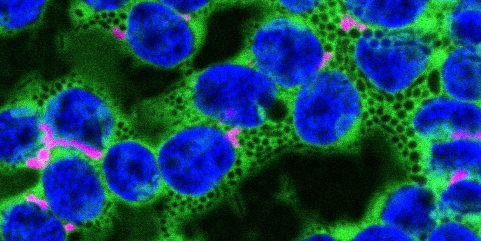
Protection Against Reactive Carbonyl Species
Research, The Plant Cell, The Plant Cell: In a NutshellSchmitz et al. investigate the physiological significance of the glyoxylase system in Arabidopsis https://doi.org/10.1105/tpc.17.00258
By Jessica Schmitz and Veronica G. Maurino
BACKGROUND: In every living cell, side reactions of enzymes and spontaneous reactions of metabolites inevitably…

